Featuring red bricks and white stones, swallow-tailed ridges and exquisitely decorated carvings on wood and stone, these unique houses represent the predominant architecture in the southern region of Fujian Province.
While demonstrating strong traditional culture, they also bring together architectural skills and craftsmanship. The traditional dwellings in southern Fujian integrate the culture of Central China with local customs.
They took shape in the 10th century and gradually spread to Quanzhou, Zhangzhou, Xiamen, Taiwan, Hong Kong, Macao and Southeast Asia.
The style is subdivided into timber frameworks, brick and stone work, tile-making, color-painting and other skills.
The royal residence Huanggongqi is the most typical of this construction technique. Huanggongqi is commonly known as "Imperial Palace Style Building."
At that time, one of the beloved concubines of the local Fujian King was allowed to build large palatial buildings from her hometown of Hui'an.
The style was then imitated by local residents and gradually spread to other areas. Bright red bricks on the exterior walls, the exquisite ridge of the curving eaves, or the "Swallow-tailed Ridge", an ingenious load-bearing structure -- all showcase the unique craftsmanship of local builders.
Along with the footprints of people in southern Fujian, their culture of traditional dwellings has spread far and wide in the world. The luster of this Chinese national treasure will always shine.








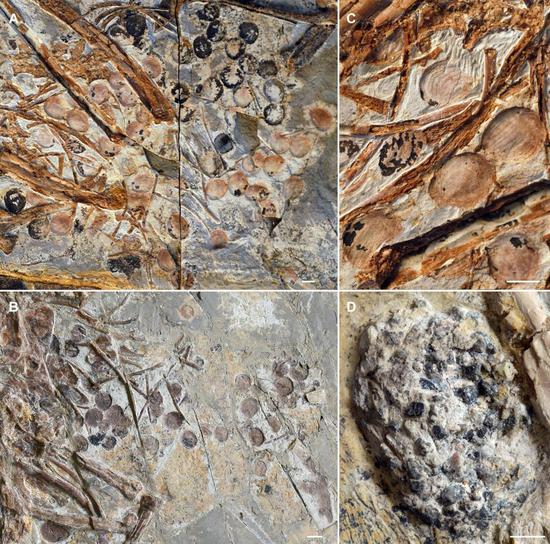




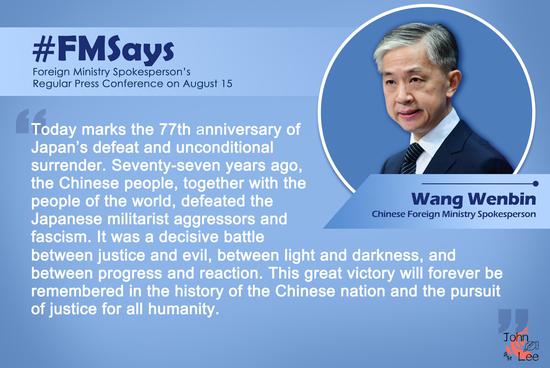

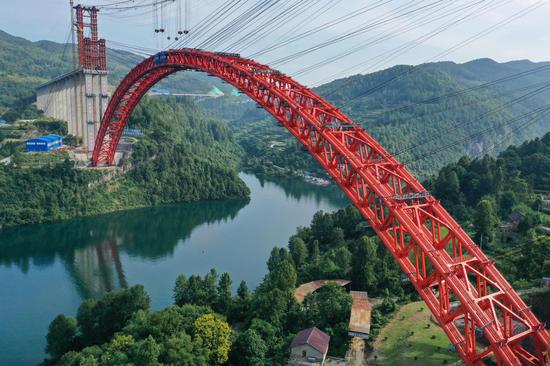

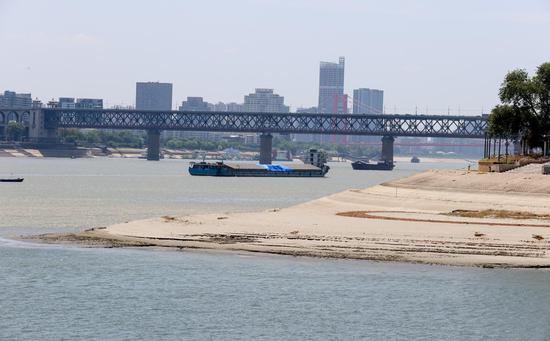



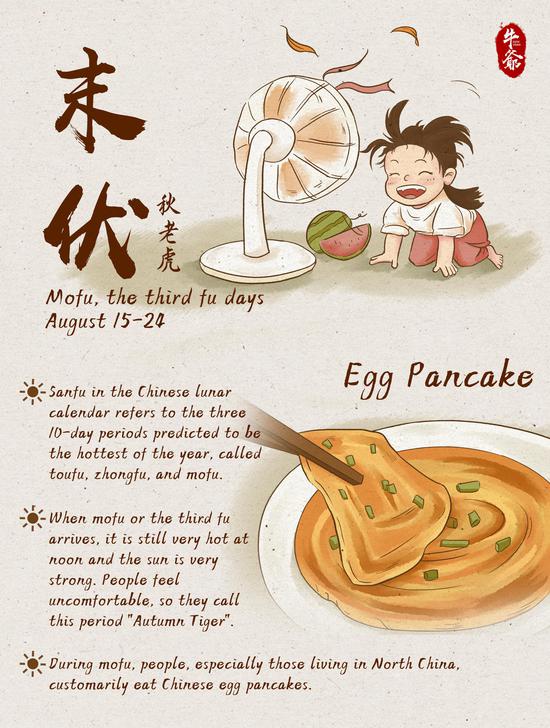

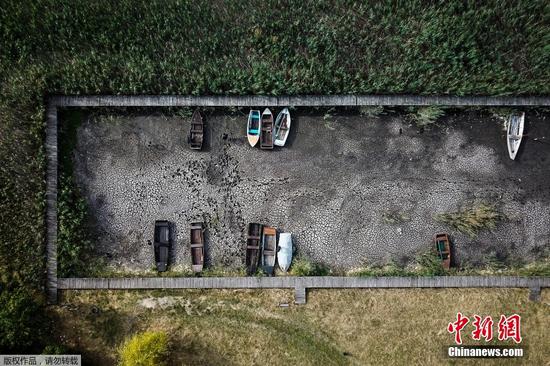






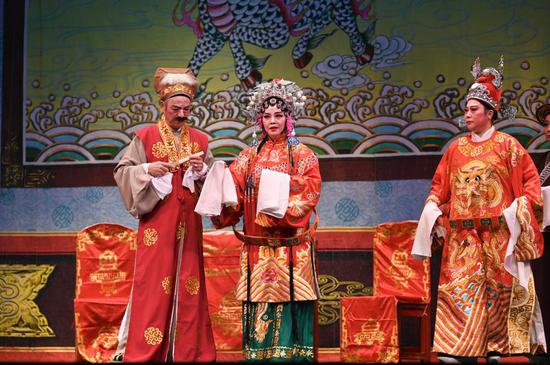





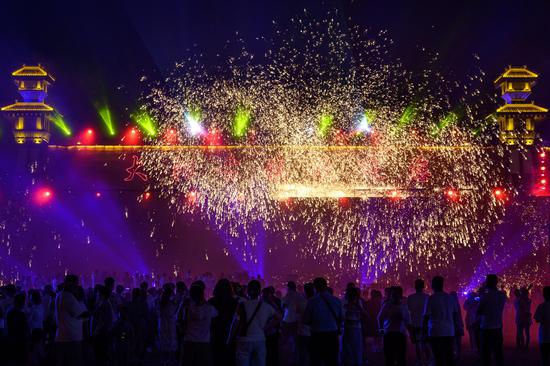

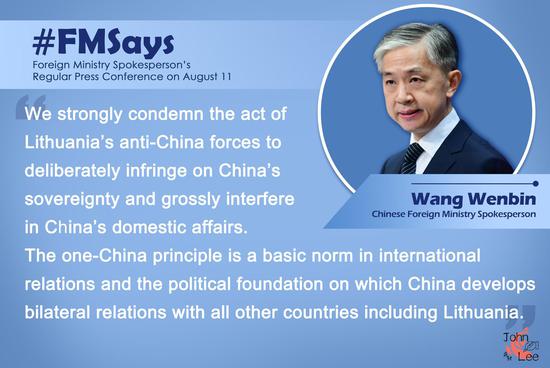
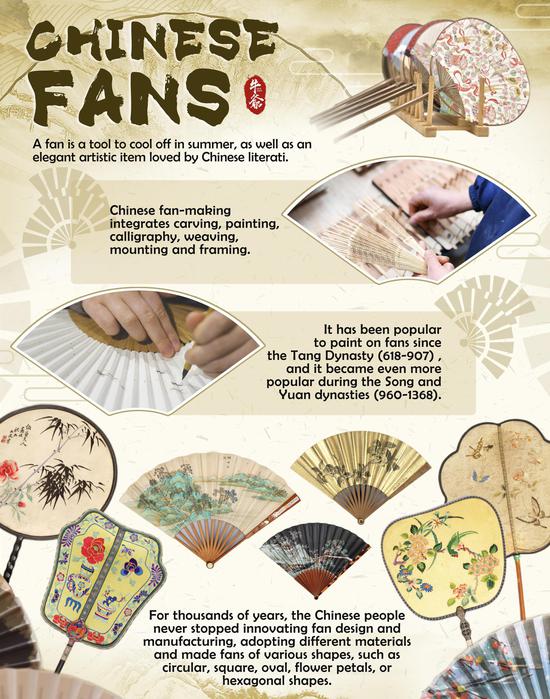
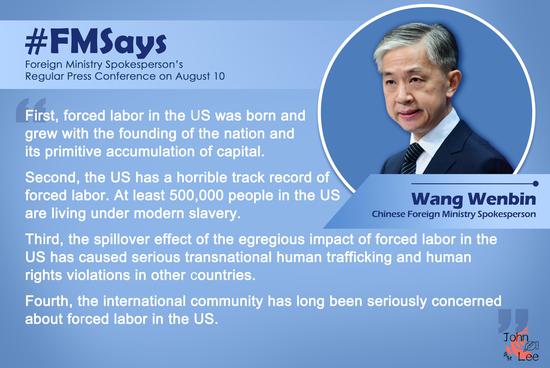









 京公网安备 11010202009201号
京公网安备 11010202009201号